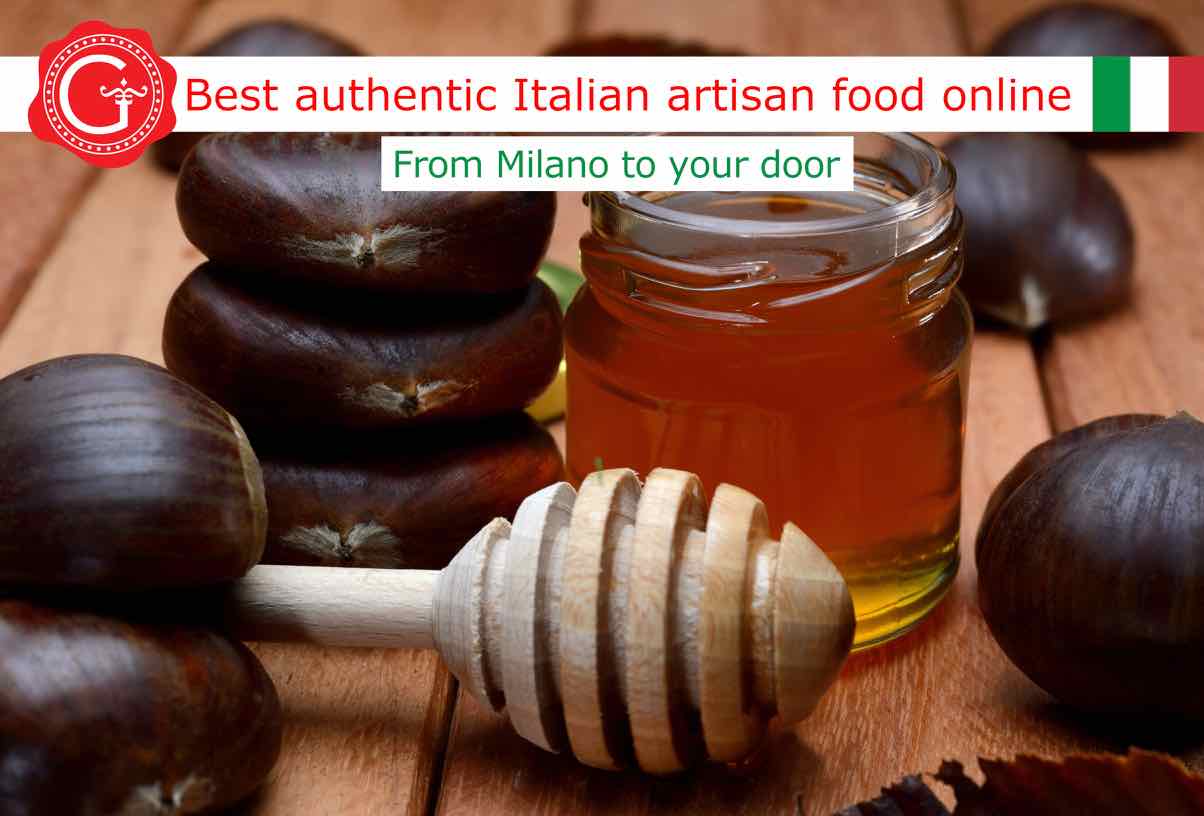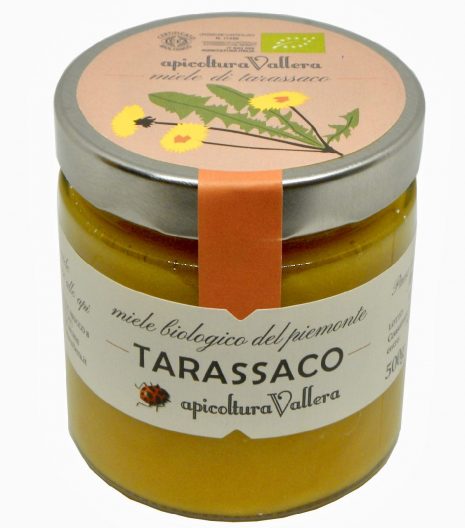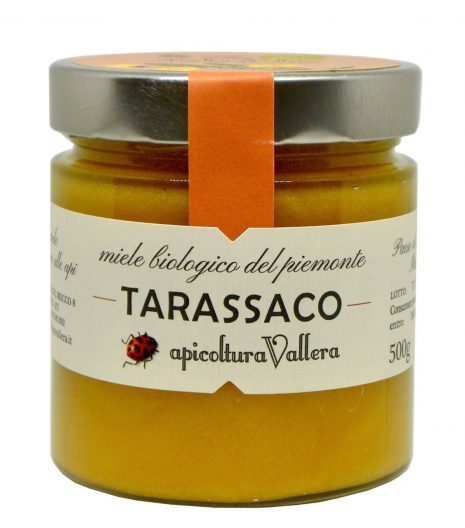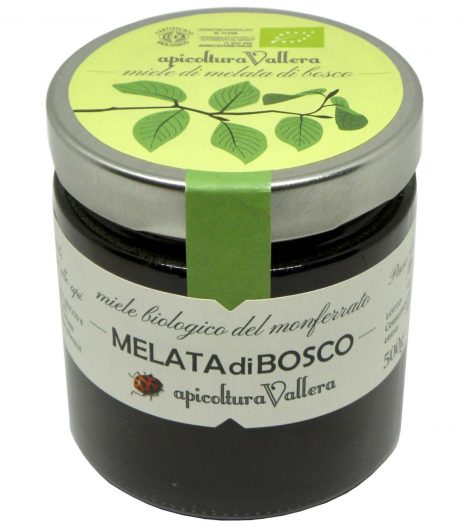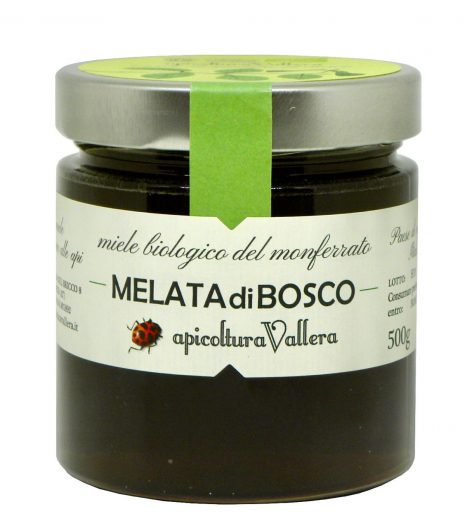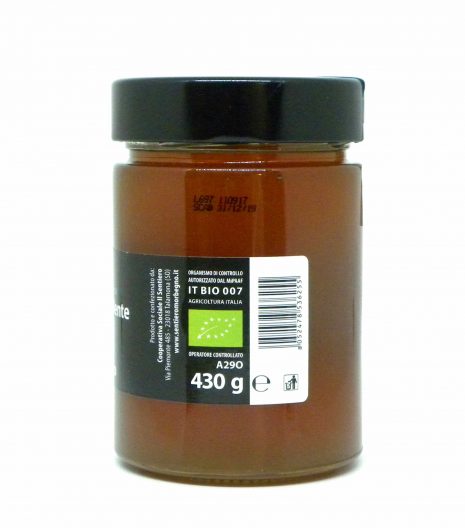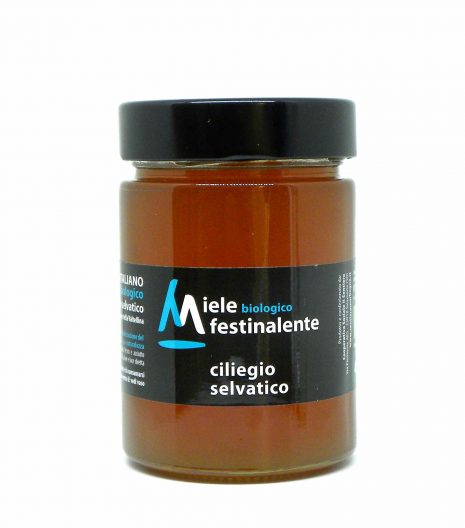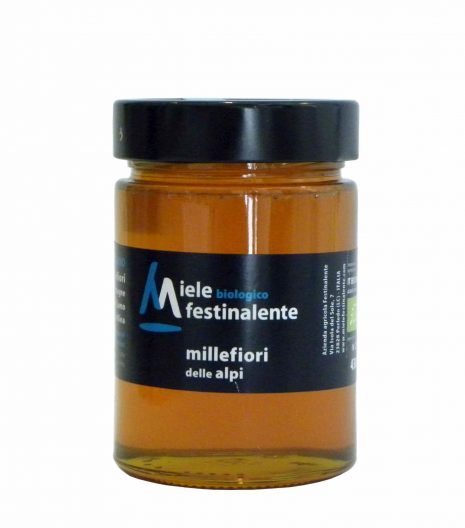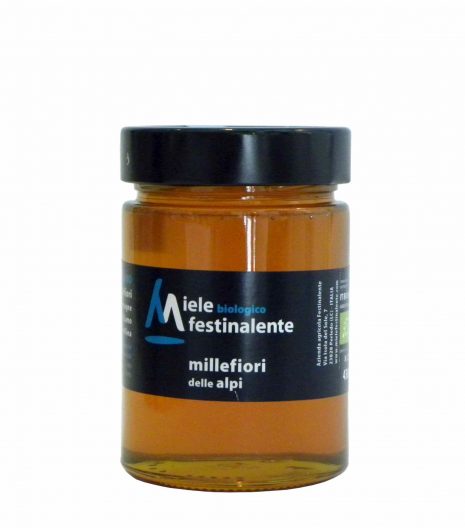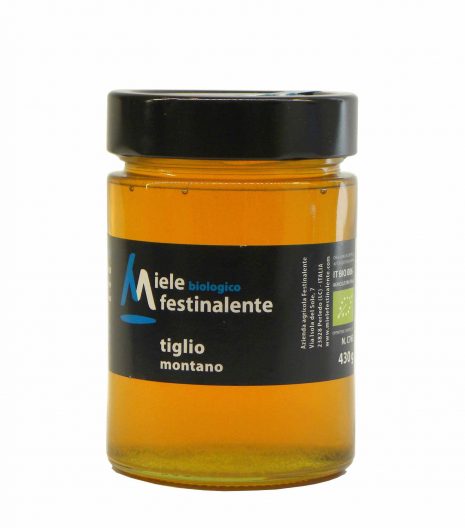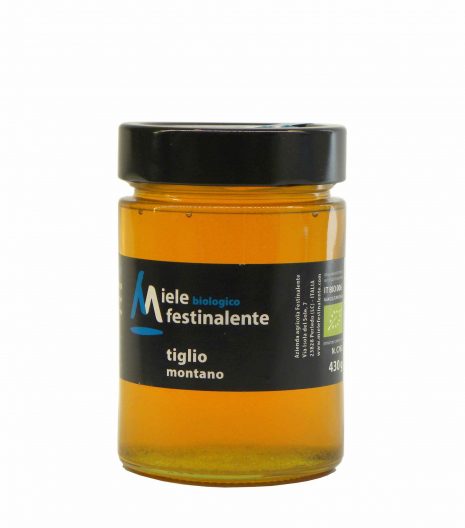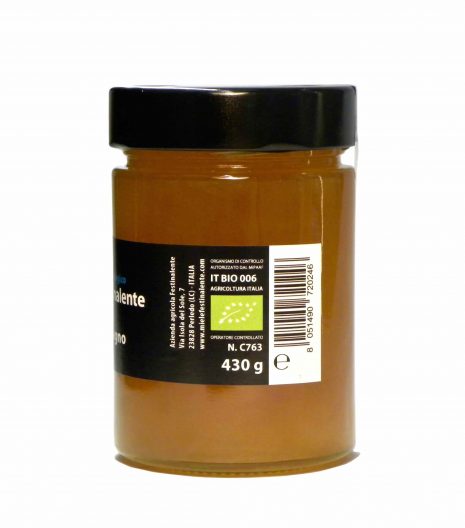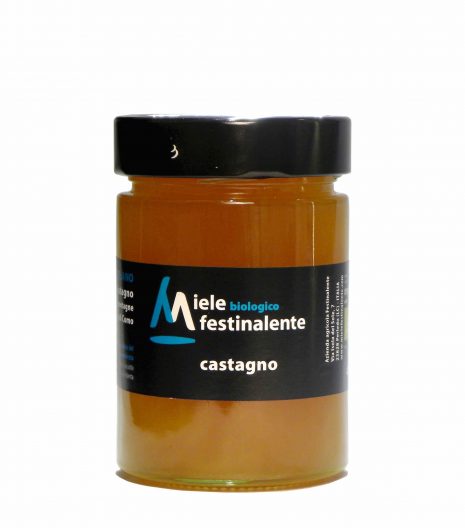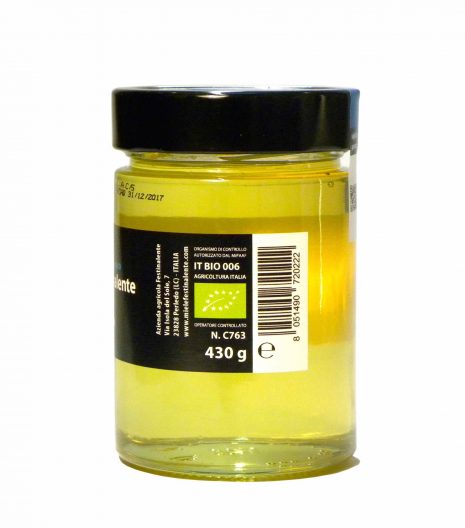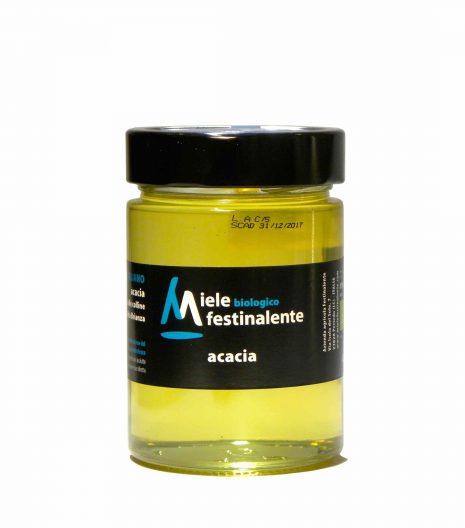Honey crystallizes because it is a supersaturated solution.
We often see crystallized honey. The crystallization of honeyis due to the fact that it is a supersaturated solution of sugars, i.e. a solution containing sugars in liquid form in a quantity greater than that which it could contain in a condition of thermodynamic equilibrium. For this reason, it is an unstable solution, and over time it tends to return to a saturated state: some of the sugar precipitates, and honey crystallizes.
Crystallized honey poses several questions: is crystallized honey bad? Is it an indicator of deterioration or a defect? Why does honey crystallize? How to avoid the crystallization of honey? Or, on the contrary, how to make the honey crystallize? How to melt crystallized honey? Is it a good thing to do? Does raw honey crystallize?
Now, let’s try to answer the different questions posed by our jar of crystallized honey.
Accordion Tab
WHY DOES HONEY CRYSTALLIZE?
Every type of honey has a tendency to crystallize. However, not all honeys crystallize at the same speed or in the same way. Some honeys, like that of Acacia or Castagno, tend to remain in a liquid state, while others, such as Tarassaco or Girasole, tend to crystallize rather quickly.
The longer the crystallization process, the larger the crystals will be.
Why does honey crystallize more or less rapidly?
There are four factors that affect the crystallization of honey:
- The percentage of water contained
- The relative quantities of the types of sugars contained
- The temperature at which it is stored
- The amount of crystallization nuclei present
Let’s consider the different factors!

Water and crystallized honey
Honey is a supersaturated sugar solution.
Now, a water content between 15% and 18% is particularly favorable to the production ofhoney crystals. Honeys with water content below or above this percentage range crystallize more slowly.
If the water content is between 17% and 18%, then crystals with a fine structure will tend to form, and the honey will be well spreadable. If instead the amount of water is low, honey crystalswill tend to be hard, while if it is high honey crystalswill tend to be softer.
Obtaining a humidity level below about 18% makes fermentation processes unlikely.
Types of sugar and crystallized honey
Honey contains different types of sugars, some more solublein water and others less soluble(such as melezitose or glucose).
In particular, glucose is less soluble than fructoseand for this reason honey with greater quantity of glucose, other conditions being equal, tend to crystallize more rapidly.
Normally it is considered that a necessary condition for a honey to have low crystallization speed is that the ratio between fructose and glucose is equal to or greater than 1.3. In the case of Acacia honey, the ratio of fructose to glucose is close to 1.7 (i.e. the amount of fructose present is 1.7 times greater than the amount of glucose).
Furthermore, it is considered that, if the glucose content is above 28%, then honey rapidly crystallizes.
Storage temperature and honey crystallization
The crystallization of honey is favored by cool temperatures, and is instead slowed down by both heat and cold.
More precisely, a temperature of about 14 °Cis the one that most favors crystallization, while above 25 °C and below 5 °C the crystallization is considerably limited. This happens because over 25 ° C there is a certain destruction of the crystals (at 78 ° C the destruction is complete and the honey cannot crystallize), and below 4 ° C the honey becomes remarkably viscous and limits the movement of the molecules, thus slowing down the crystal formation process.
So, if you want honey to crystallize quickly because you prefer it that way, keep it cool. If you want to avoid your honey from crystallizing, you can keep it in the refrigerator.
Crystallization nuclei
Another element that favors the formation of crystallized honey is the presence of solid particles in suspension. These particles can be constituted by pollen, but also by the glucose itself which, when crystallized, loses an aqueous component and becomes a solid particle around which sugars aggregate.
SHOP ONLINE THE BEST ITALIAN ORGANIC RAW HONEY AND ARTISAN ITALIAN FOODS
On Gustorotondo you find organic raw honey and authentic Italian foods.
We look for producers who have high-quality standards, and we offer artisan Italian good products that enhance the tradition and authentic flavours of Italian cuisine.
Gustorotondo was born as a traditional Italian food store in the center of Milan, and then started the e-commerce business. Now you can buy traditional Italian food online on Gustorotondo from all over Italy, from England, from Germany, from the Netherlands, from the Czech Republic, and from all the other European countries.
Shop online the best authentic artisan Italian food at Gustorotondo!
IS CRYSTALLIZED HONEY BAD?
Crystallization changes the appearance of the honey and makes it taste a little less sweet, but does not change any nutritional properties.
Instead, liquifying honey that has crystallized, turning crystallized honey back to liquid subjecting it to high temperatures, damages some of its nutritional properties (enzymes and vitamins are denatured).
Some prefer liquid honeys, and others prefer crystallized ones.
Crystallization is not a defect of honey, and can be considered an asset: it makes it taste a little less sweet and prevents it from dripping when we take a teaspoon.
On the other hand, many consumers prefer liquid honey to crystallized honey; also because of this the industry uses heating systems. Heating aimed at preventing it from crystallizing, however, destroys some nutrients.

RAW HONEY CRYSTALLIZATION
We also hear about raw honey. Well, what does raw honey mean?
Normally, wuth the term raw honeywe indicate a honey that has not been subjected to a pasteurization process. Pasteurization, aimed at promoting food preservation, takes place at temperatures above 60 °C. In the case of honey, if the intent is also to promote preservation in a liquid state (in addition to making fermentation unlikely), then the treatment involves a temperature of 77-78 °C for 5 – 7 minutes. At this temperature even the smallest glucose particles are dissolved, and the honey is kept liquid for a long time. However, the high temperature damages some of the nutrients or aromatic substances present in honey.
In this sense, if you find a crystallized honey, it is a good sign: it means that it has not been subjected to pasteurization.
HOW TO MELT CRYSTALLIZED HONEY
As we have seen, the crystallization of honey is a natural process that does not lead to an impoverishment of the food. However, if you want to make it fluid again, let’s see how to do it in order to keep its nutritional and organoleptic characteristics as intact as possible.
So, how do you liquify honey that has crystallized?How do you turn crystallized honey back to liquid? How to melt crystallized honey?
Perhaps the best system is to place the jar of crystallized honey in a bain-marie at a temperature of 40 °C. At this temperature, not all glucose crystals will completely melt, and honey will tend to recrystallize with large crystals. To prevent this from happening, mix it.
The microwave oven appears to be a less effective solution for maintaining the organoleptic and nutritional properties of honey intact.
CRYSTALLIZATION TENDENCIES OF SOME TYPES OF HONEY
Now let’s see what is the tendency to crystallize some honeys.
- Acacia: it remains liquid for a long time.
- Citrus fruits: has an average tendency to crystallization. It can happen to find crystallized honey. Its color, when crystallized, becomes clearer.
- Chestnut: contains a high amount of fructose, and therefore tends to remain liquid for a long time (it is rare to find crystallized honey).
- Erica: the crystallization of Erica honey is rapid.
- Spruce Honeydew: it remains liquid for a long time, and rarely crystallizes completely.
- Dandelion: crystallizes quickly, forming a soft and creamy mass.
- Linden: Linden honey crystallizes in quite a long time, mainly forming large and irregular crystals.
CRYSTALLIZED HONEY: REFERENCES AND BIBLIOGRAPHY
Stefan Bogdanov, Immagazzinamento, Cristallizzazione e fluidificazione del miele, Centro Svizzero di Ricerche Apicole, Stazione di Ricerche Lattiere, Liebefeld, CH-3003 Berna, 1999
Marco Pergher, Determinazione dell’origine botanica del miele: un nuovo ed affidabile metodo di risonanza magnetica nucleare e chemiometria, Università degli Studi di Padova, Facoltà di scienze MM. FF. NN, Anno accademico 2008-2009. http://tesi.cab.unipd.it/22020/1/marco.pdf
https://www.bjcp.org/mead/crystal.pdf
IF YOU ENJOYED THE ARTICLE ABOUT ‘WHY DOES HONEY CRYSTALLIZE?’, SHARE IT AND SIGN UP TO THE GUSTOROTONDO NEWSLETTER!
Gustorotondo Newsletter informs you about good Italian food, Italian recipes and cuisine, Italian artisan producers, tasty & healthy food products and exclusive offers.
You may also be interested in:


